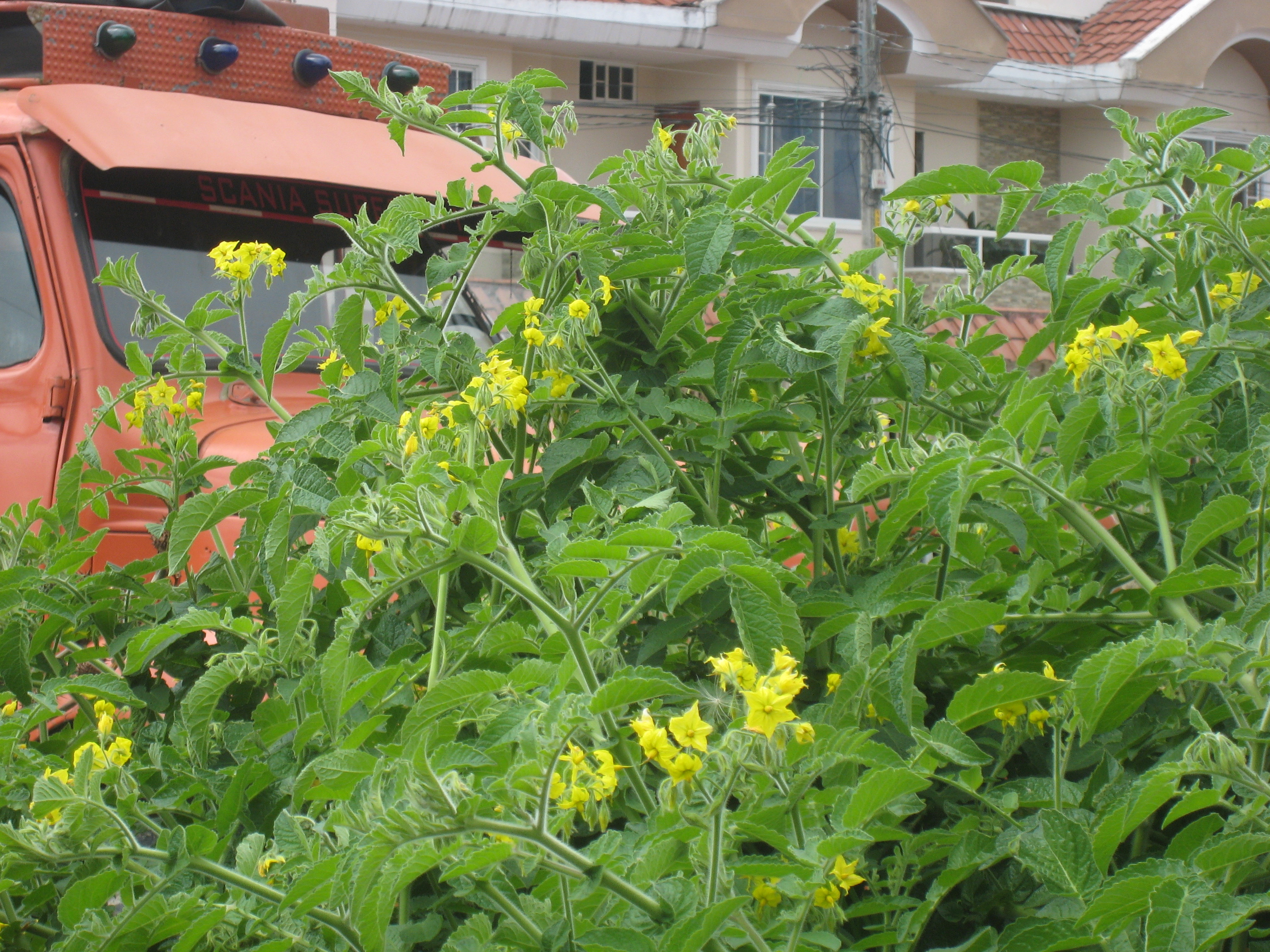Tomatoes and humans
Humans and tomatoes have a complicated shared history. Tomatoes first arrived in Europe in the 16th century, most likely introduced when Spanish explorers bought them back from the 'New World' (in this case, Central or South America). But evidence suggests that people have been interacting with tomatoes or their uncultivated (wild) relatives for much longer. For example, evidence from anthropology (the study of human culture) indicates that the Aztecs ate tomatoes as early as the 8th century, more than 800 years earlier, in what is modern day Central America.
Information from DNA variation also suggests that domesticated tomatoes did not originate from a single region or event in the past. Instead, the tomatoes that humans eat and grow likely emerged from multiple historical events over centuries of human contact. Even now, wild tomato species sometimes grow at the edges of human settlements throughout northwestern South America, although these species are not actively cultivated as crops.

Wild S. habrochaites growing in an abandoned lot in the city of Loja, Ecuador.
More information
If you're interested in reading more about the history of humans and domesticated tomato, the following books are good places to start:
- Ripe: The search for the perfect tomato by Arthur Allen
- The Tomato in America: Early History, Culture, and Cookery by Andrew Smith